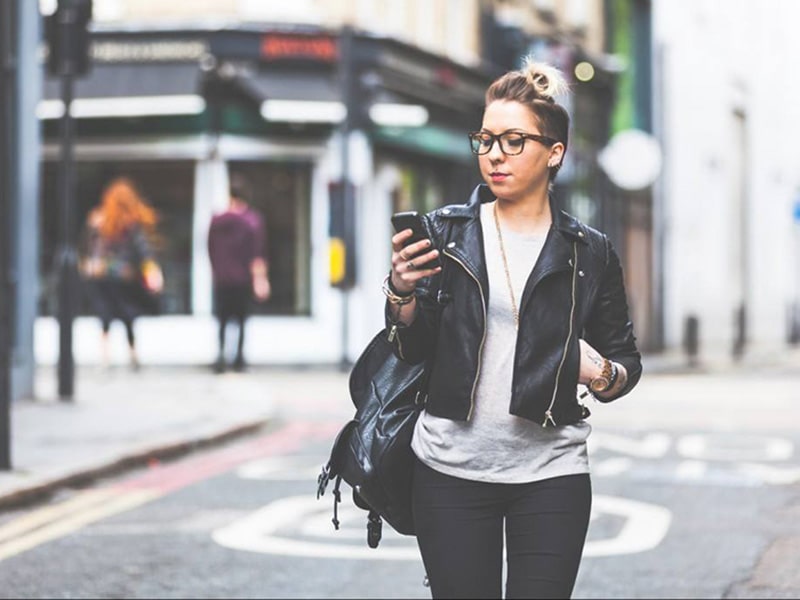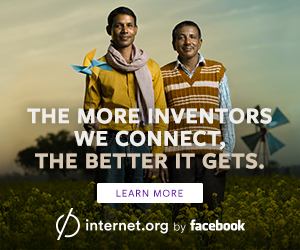
You may have once wondered what the Internet of Things is. Today’s world is becoming smarter and more connected as technology becomes commonplace in many areas.
Digital devices are not only in pockets or offices; they are increasingly in homes, buildings and in many places and cities. By helping to collect, analyze and monitor data and information about your environment, these devices can communicate with each other through the Internet of Things.
But what exactly is the Internet of Things
The Internet of Things, or IoT, refers to the billions of physical devices around the world that are now connected to the Internet.
Collecting and sharing data. Thanks to cheap processors and wireless networks, it’s possible to turn anything from a pill to a plane or a driverless car into part of the IoT.
This adds a level of digital intelligence to otherwise dumb devices. And it allows them to communicate data in real time without the involvement of a human being. By effectively merging the digital and physical worlds.
The IoT devices collect information and send it to some central data server. There, the information is processed, collected, distilled and used to facilitate the completion of a large number of tasks. The benefits of IoT are enjoyed by the business world, the government and even the individual consumer.
Specific devices equipped with IoT include smartphones, laptops, coffee makers, refrigerators, Google Home, Apple watches or Fitbits, to name a few. Any device can be connected to the IoT provided it is equipped with sensors and an Internet connection.
The IoT is often mentioned in conjunction with the Big Data, as the former generates the kind of massive amounts of information characteristic of the latter. You could say that while all the information on the Internet of Things is Big Data, not all the Big Data comes from the Internet of Things.
Internet of Things devices
Almost any physical object can be transformed into an IoT device if it can be connected to the Internet and controlled that way. A light bulb that can be turned on using a smart phone application is an IoT device. Just like a motion sensor or a smart thermostat in your office or a connected street lamp.
An IoT device could be as simple as a child’s toy or as serious as a truck without a driver. Or as complicated as a jet engine that’s now filled with thousands of sensors that collect and transmit data to make sure it’s working efficiently.
On an even larger scale, smart city projects are filling entire regions with sensors. All with the ultimate goal of helping to understand and control the environment.
The term IoT is used primarily for devices that are not generally expected to have an Internet connection and can communicate with the network regardless of human action.
For this reason, a PC is generally not considered a IoT device. And neither is a smartphone, even though it is packed with sensors. However, a smart clock or exercise band or other portable device can be counted as an IoT device.
What are the applications of the IoT?
Besides knowing what the Internet of things is, it is necessary to know its applications. It can be used in many different aspects of life, both in the private and public sectors.
Thanks to the IoT, people can track things like lost pets, home security systems or the maintenance schedule of household appliances.
Consumers can use the IoT to:
- Help them make restaurant reservations.
- Monitor their exercise progress and overall health.
- Receive coupons for a store simply by walking through the business in question.

Companies can use the IoT for actions as diverse as:
- Monitoring supply chains.
- Tracking customer spending habits.
- Gathering their feedback and maintaining inventory levels
- Participate in predictive maintenance of machines and devices.
The IoT is also useful in ITIL, which is a set of IT service management. An important detail, as IT departments must do more and more in an increasingly digital world with greater dependence on wireless networks.
IO applications for industry
Blockchain, which is increasingly used as a more efficient and secure method of transaction and data processing, is a natural beneficiary of IoT technology.
It is logical that IoT and Blockchain will come together more often in the future, but how do different industries apply it, knowing what the Internet of Things is, to make things more efficient?
The ubiquity of the Internet of Things is a reality thanks to its adoption by a wide range of industries.
The versatility of the IoT makes it an attractive option for so many companies, organizations and government branches that it makes no sense to ignore it. Here’s a sample of several industries and how the IoT can be applied to them.
Agriculture
The Internet of Things can be applied to improve agriculture in terms of:
- Indoor planting. The IoT makes monitoring and management of microclimate conditions a reality. This, in turn, increases production.
- For outdoor sowing. Devices using IoT technology can detect soil moisture and nutrients. Thus, together with climate data, intelligent irrigation and fertilizer systems are better controlled. If sprinkler systems dispense water only when needed, for example, this avoids wasting a precious resource.
Consumer use
For the private citizen, IoT devices in the form of portable devices and smart homes make life easier. Wearables improve entertainment, network connectivity, health and fitness. They cover devices such as:
- Fitbit.
- Smart phones.
- Apple watches.
- Health monitors.
Smart houses take care of things like:
- The activation of environmental controls. So that your home is as comfortable as possible when you arrive.
- Dinner. Which requires an oven or an electric cooker and can be connected remotely, so the food will be ready when you arrive.
- Security is also easier. Because the consumer has the ability to control the appliances and lights remotely. As well as activating a smart lock to allow the right people to enter the house even if they don’t have a key.
Health Care
Having control over the internet of things to be able to apply it to something as fragile as health is as amazing as Aladdin’s magic lamp. What applications does it have?
- IoT’s portable devices allow hospitals to monitor their patients’ health at home. Which reduces hospital stays. And, at the same time, it provides real-time, updated information that could save lives.
- In hospitals, smart beds keep staff informed about availability. Thus reducing waiting time for free space.
- Putting IoT sensors on critical equipment means fewer breakdowns and greater reliability. Which can mean the difference between life and death.
- Caring for the elderly becomes significantly easier with IoT. By monitoring them at home in real time, the sensors can also determine if a patient has fallen or is suffering a heart attack.
Insurance
Even the insurance industry is understanding what the Internet of Things is. You can benefit from this by offering your policyholders discounts for portable IoT devices like Fitbit.
By employing fitness monitoring, the insurance company can also offer customized policies and encourage healthier habits. This benefits everyone in the long run.










